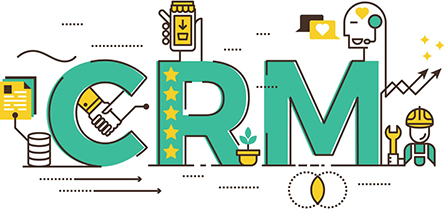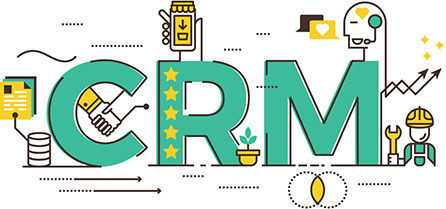 In the last decade, cloud innovation and new development strategies have brought a significant increase in customer relationship management (CRM) software to the market. As a buyer, it’s easy to be lured in by marketing language, the promises a vendor makes, the reputation they have, or the way their product makes you feel.
In the last decade, cloud innovation and new development strategies have brought a significant increase in customer relationship management (CRM) software to the market. As a buyer, it’s easy to be lured in by marketing language, the promises a vendor makes, the reputation they have, or the way their product makes you feel.
But CRM software is a critical investment that customer-facing organizations can’t afford to take lightly. An uninformed, un-curated purchase will inevitably lead to buyer’s remorse. As recently as 2013, CRM initiatives have suffered from 63 percent fail rates, and hasty software buying accounts for a large part of that.
It’s important to dig deeper than the product website and determine how your relationship with a software provider will actually play out, from setup and installation to the availability of future updates and support. This information (and more) is spelled out in the software contract – yes, the one that many businesses don’t fully read.
Not only should you thoroughly read the contract, but you should also decide which points aren’t working in your favor and try to negotiate them. Believe it or not, most CRM providers are willing to negotiate, but only if you make your needs known.
You can start by paying specific attention to these three key areas:
 Fee Schedules
Fee Schedules
Whether you’re looking at cloud-based software (sold on a recurring subscription) or on-premise software (requires a larger up-front purchase), pricing is always more complicated than meets the eye. The fine-print pricing and fees information will be detailed in the contract. Comb through it and identify hidden charges or penalties and the conditions that can trigger them, both to help you minimize total cost of ownership and to determine if any are unfair. Common examples include early termination fees and data migration fees.
 Product Lifecycle
Product Lifecycle
A well-written CRM contract will give you a clear roadmap for your relationship with the product, beginning with installation, allowing for growth or reduction in the middle, and ending with contract completion, renewal, or early termination. If it’s important to your business that initial set up be completed within a certain timeframe, ask that the contract clearly spell out who is responsible and how long it should take. Be wary of language that may trap you in a continuous renewal cycle; it’s almost always better to manually renew, as this keeps the reins in your hands. You’ll also need to know the procedures for adding or removing users, in case the scope of your needs changes.
 Data Ownership
Data Ownership
If the products or services you deliver rely on proprietary customer data, make sure the contract limits data rights and ownership to your company. This is less challenging with on-premise software, since it’s housed on your own servers, but the software-as-a-service model (which has permeated 41 percent of the CRM market) can easily complicate data ownership. A vendor has the right to restrict access to their software in the event of a dispute, but your data should never be held hostage. Make sure you’ll have immediate access to your company’s data at all times. Furthermore, if the vendor has promised compliance with certain industry data regulations, make sure that compliance is guaranteed in the contract.
There are countless other aspects of CRM contracts that will affect your satisfaction with both the product and the vendor. Your safest bet is to carefully read the entire contract – even let other members of your procurement team look it over. Here are a few more final considerations/questions to address before you sign:
- Does the vendor charge a data retrieval fee in the event of service cancellation?
- Does the vendor provide free, regular updates as part of your subscription or license cost?
- Is the vendor willing to provide a service level agreement?
- Have you conducted a software demo or free trial before committing to purchase?
Although contract negotiation can sometimes make blood boil on both sides of the conversation, it doesn’t have to be a battle. Think of the contract as a treaty – an agreement that will define and preserve your relationship with the software provider so you can spend more energy managing relationships with customers.
Author
Aleks Peterson
Technology Analyst
Technology Advice
Connect on LinkedIn
